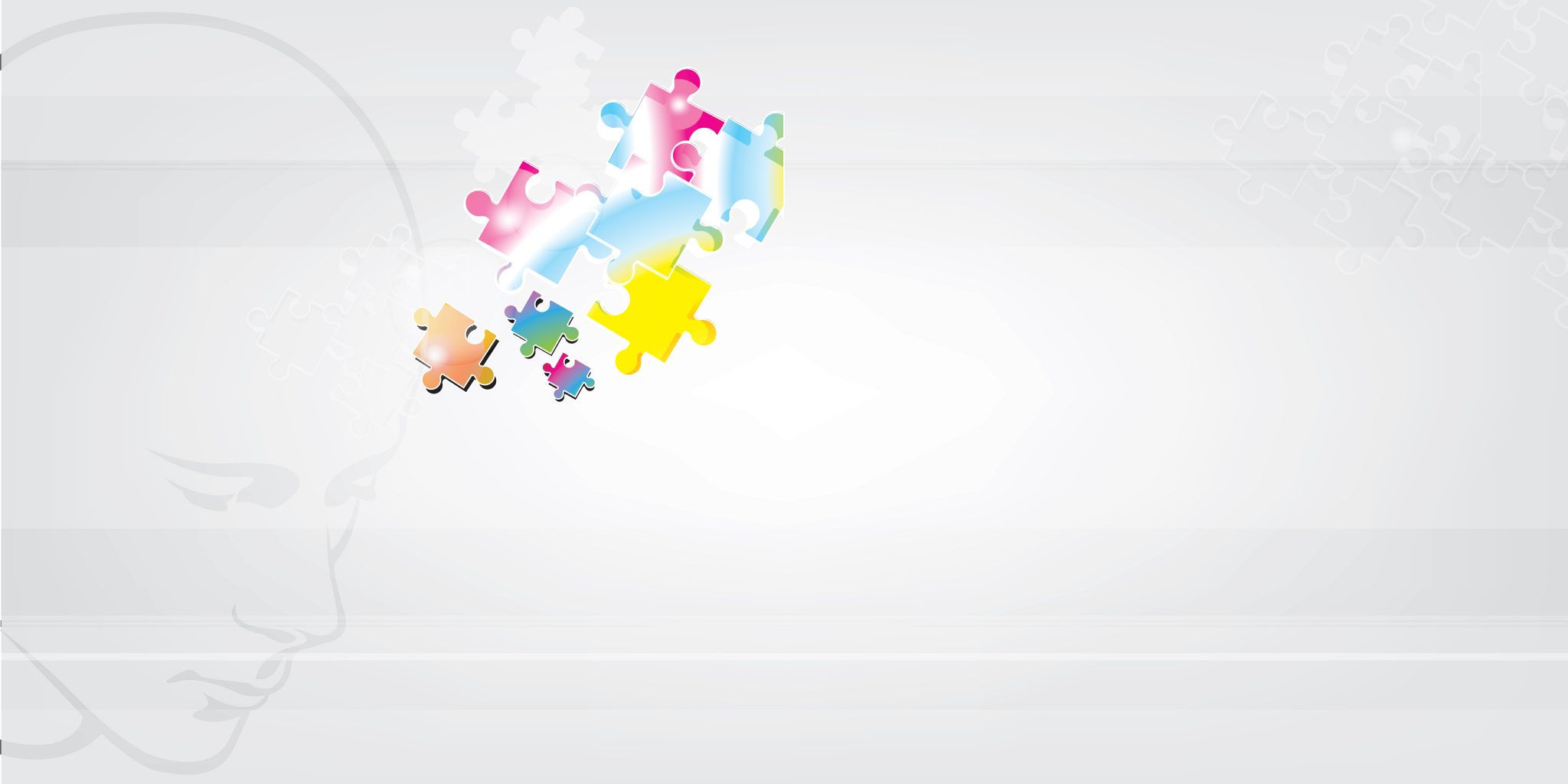

Repetitive play skills and limited social skills are generally evident.

Some children do not speak at all, others speak in limited phrases or conversations, and some have relatively normal language development. Children with PDD vary widely in abilities, intelligence, and behaviors. The concept of 'specific developmental disorder' (SDD) refers to delays in developmental domains such as language and speech development, motor coordination or the development of scholastic skills, in the absence of sensory deficits, subnormal intelligence or poor educational conditions. The terms pervasive developmental disorder (PDD) or autistic spectrum disorder (ASD) are now used to describe five distinct disorders (DSMIV-TR): (2) Autism: understanding basic concepts We describe an individual with mild intellectual disability, pervasive developmental disorder, and childhood-onset epilepsy with primary generalized seizures. Other types of PDD include Asperger's Syndrome, Childhood Disintegrative Disorder, and Rett's Syndrome. The concept of 'specific developmental disorder' (SDD) refers to delays in developmental domains such as language and speech development, motor coordination or the development of scholastic skills, in the absence of sensory deficits, subnormal intelligence or poor educational conditions. What is PDD Pervasive Development Disorder (PDD) is an umbrella term for a number of spectrum disorders including autism that impairing learning functions. Autism (a developmental brain disorder characterized by impaired social interaction and communication skills, and a limited range of activities and interests) is the most characteristic and best studied PDD. Symptoms may include problems with using and understanding language difficulty relating to people, objects, and events unusual play with toys and other objects difficulty with changes in routine or familiar surroundings, and repetitive body movements or behavior patterns. PERVASIVE DEVELOPMENTAL DISORDER DEFINITION: Pervasive Development Disorder (PDD) is a nonprogressive disorder resulting from a central nervous system injury or abnormality that occurred during fetal brain development.

Parents may note symptoms as early as infancy, although the typical age of onset is before 3 years of age. This may be due partly to improved recognition and diagnosis.The diagnostic category of pervasive developmental disorders (PDD) refers to a group of disorders characterized by delays in the development of socialization and communication skills. Autism and several disorders classified with it have increased significantly in recent years so that they now are diagnosed more often in children than spina bifida, cancer, or Down syndrome. They are often highly sensitive to touch, noise, and smells and do not like changes in routine. The information is based on lectures by Emily Rubin, MS, CCC-SLP that incorporate information from the Handbook of Autism and Pervasive Developmental Disorders, 2nd Ed. They tend to be overactive, aggressive, and self-injurious. define, at a broad level, a group of related disorders known as Pervasive Developmental Disorders. Speech, play, and other behaviors are repetitive and without imagination. The diagnostic category of pervasive developmental disorders (PDD) refers to a group of disorders characterized by delays in the development of socialization and communication skills. Rocking, hand and arm flapping, unusual hand and finger movements, and attachment to objects rather than pets and people are common. Their actions are repetitive, routine and restricted. Other traits include avoidance of eye contact, an expressionless face and the use of gestures to express needs. They are unresponsive to affection, show no interest in peers or adults and have few interests. These children do not want to be held, rocked, cuddled or played with. A diagnosis of ASD now includes several conditions that used to be diagnosed separately: autistic disorder, pervasive developmental disorder not otherwise. It is associated with moderate mental retardation in three out of four cases. The definition of autism has evolved over the years and was broadened with the introduction in the 1980s of the terms pervasive developmental disorder and. The term Pervasive Developmental Disorder (PDD) was once used to refer to a category of developmental delays that included autism and four similar disorders. Autistic disorder is frequently evident within the first year of life, and must be diagnosed before age three.


 0 kommentar(er)
0 kommentar(er)
